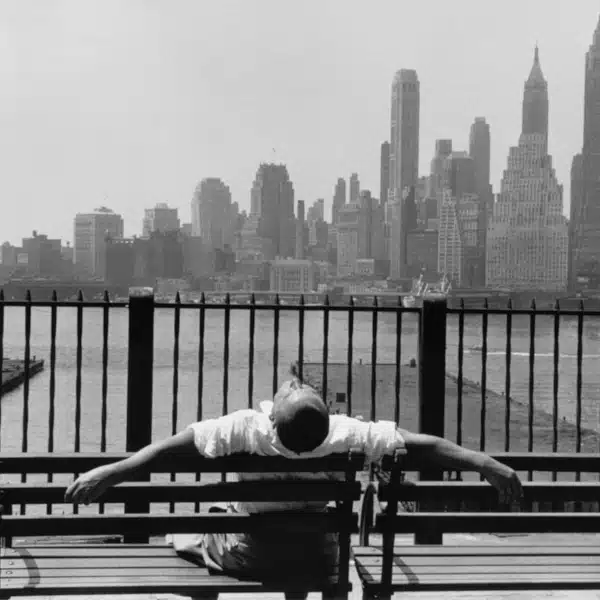
Photography offers a visual key to the past, and thanks to one particular photographer named William Saunders, we're given a glimpse of life from over a century ago. Saunders first went to Shanghai as an engineer in 1860, returning to open his photography studio in 1862. Located close to the bustling Astor House Hotel, a hub of social life on the 19th century Bund, the studio was in operation for over 25 years. As one of the first photographers in Shanghai, Saunders enjoyed not only the privilege of a booming business for seated portraits, but the ability to capture rare images of life in the late Qing Dynasty.
He was the first known photographer to produce hand-colored photographs of China, which were made for Western export. Through his expert eye, we can see a Shanghai that was beginning to emerge as an international commercial force. Saunders' portraits display a great esteem for locals and their culture, with subjects often placed next to props to denote their social status or profession. He was also fascinated with Chinese technology, showing off the ingenuity found in society even prior to sweeping industrialization.
Life in the Qing Dynasty: The Photographs of William Saunders is the first exhibition devoted to his work. Around 40 of his images will be on view from November 4-12, 2016 at the China Exchange in London. These 19th century albumen silver prints hail from the Stephan Loewentheil Historical Photography of China Collection, which is the largest private holding of late Qing dynasty photographs.

These men are posing with a traditional man-powered wheelbarrow. The driver stands in the rear, all three confidently gazing into the camera.

This woman, a resident of Shanghai, allowed Saunders to photograph her unbound feet, which feature prominently in the composition.

This group portrait of a Chinese theater troupe demonstrates the elaborate costumes worn on stage.

Saunders often photographed people who were immigrants to Shanghai. Here, the woman on the left, is wearing a traditional headscarf that makes us understand she is from Guangzhou. He has posed her next to a Cantonese (Guangzhou) vase to highlight her origins. Instead, the women and girl on the left are from the Keangsoo (Jiangsu) province, close to Shanghai, as indicated by their hairstyles.

This image embodies the mixing of cultures that was occurring in Shanghai. Sitting on a Western chair and positioned in the classic composition of a Western portrait, this woman wears the traditional silk dress of Guangzhou.

The image on the left is a street vendor who sells feather dusters, the plumage collected from cooks. Conversely, the portrait on the right shows a man dressed as a Qing dynasty official. These contrasting images highlight the wide variety of clientele Saunders served during the 25 year history of his studio.

In this image, Saunders highlights the clever trick this Chinese worker used to avoid paying a tax levied against the taxi driver for driving over certain bridges. Instead of paying, he simply dismantles his taxi into a rig that can be carried over the shoulder—avoiding the toll.

This family is dressed in the tradition style of Ningpo (Ningbo), on the coast south of Shanghai. While the mother and daughter avert their gazes, the young boy seated to his mother's right looks directly into Saunders' lens.
China Exchange: Website | Facebook | Instagram
via [BBC]
All photos via Stephan Loewentheil Historical Photography of China Collection.






















































































